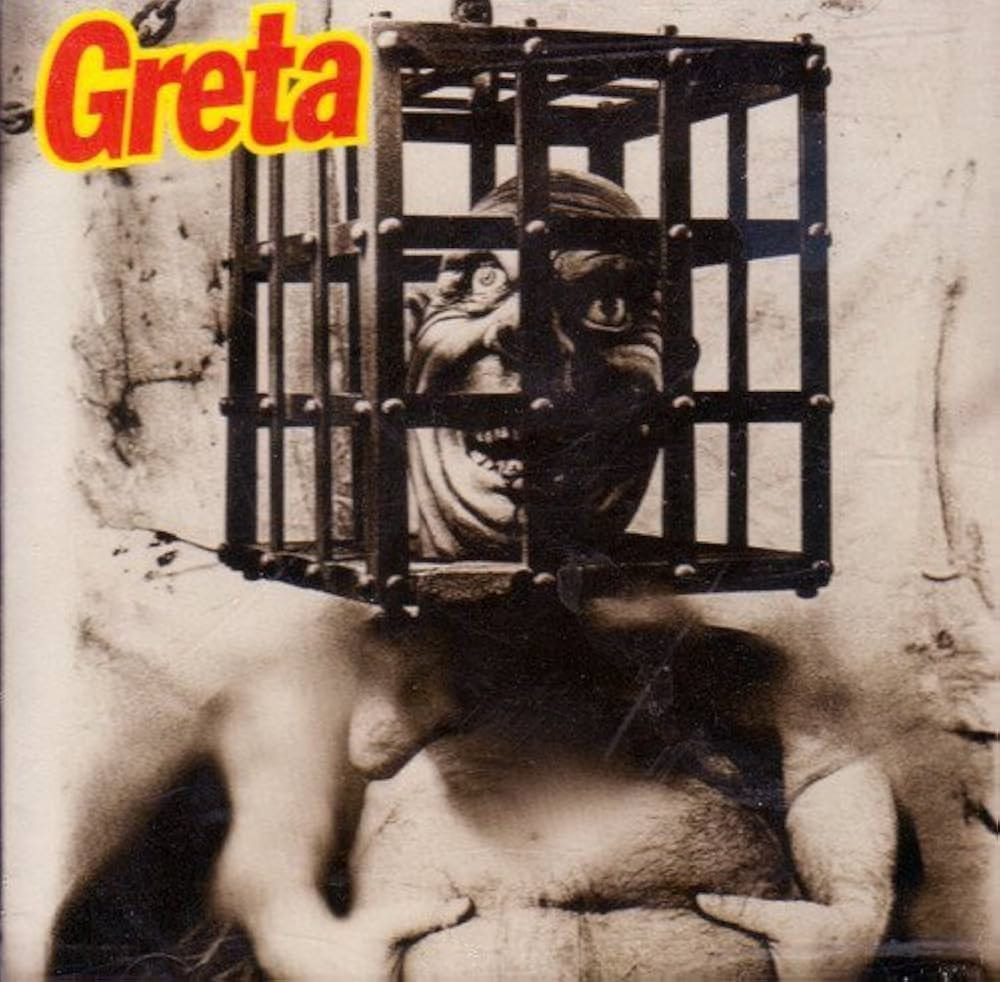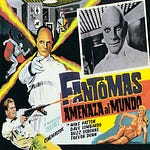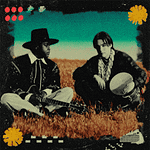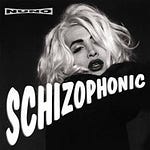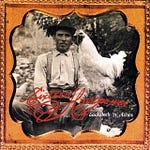September 1993. Kurt Cobain is still alive, In Utero hasn’t dropped yet, and major labels are throwing money at anything that sounds remotely like it crawled out of Seattle’s underground. The music industry is in full feeding frenzy mode, desperately seeking the next Nirvana while completely missing what was happening right under their noses.
That’s exactly what happened with Greta.
The Band Mercury Records Tried to Make Happen
Los Angeles, 1993. Mercury Records—the same label giving us everything from Metallica to Tears for Fears—signs a four-piece from the City of Angels that sounds nothing like the flannel-wearing masses flooding the market. Greta wasn’t trying to be the next Pearl Jam. They were something far more interesting: a band that refused to stay in one lane.
Fronted by Paul Plagens, a charismatic vocalist who wore dresses on stage and possessed a voice that could shift from melodic crooning to aggressive snarl within the same song, Greta embodied the experimental spirit that made early ’90s alternative rock so thrilling. Guitarist Kyle Baer, bassist Josh Gordon, and drummer Scott Carneghi (who replaced the departed Brad Wilk—yes, the same Brad Wilk who left to help found Rage Against the Machine) created a sound that was part metal, part alternative, part something entirely their own.
But here’s the thing about No Biting: it arrived at exactly the wrong moment.
The Album That Confused Everyone
Released on September 21, 1993, No Biting was Mercury’s big bet on a band that seemed to have everything going for them. The label pushed hard—seven singles from an 11-song album, MTV rotation, appearances on Beavis and Butthead. On paper, it should have worked.
Instead, it became a masterclass in how the music industry’s desperation to replicate success often destroys what makes an artist special in the first place.
The problem wasn’t the music. If anything, No Biting captured something essential about 1993 that most bands missed entirely. This was a year when alternative rock was becoming institutionalized, when the underground was being dragged kicking and screaming into the mainstream. While everyone else was trying to sound like Nirvana or Alice in Chains, Greta was channeling influences from across the spectrum—Faith No More’s genre-hopping adventurousness, Jane’s Addiction’s theatrical intensity, even traces of The Beatles’ melodic sophistication.
The opening track, “Is It What You Wanted,” starts with clean strumming that could pass for college rock before exploding into metal riffage that sounds like someone was taking notes during The Real Thing. “Love Is Dead” shifts from quiet introspection to face-smashing aggression without warning. These weren’t just songs—they were sonic manifestos declaring that rock music didn’t have to choose between accessible and experimental.
The Voice in the Dress
Paul Plagens was the kind of frontman who should have become a legend. In an era when alternative rock was often praised for its “authenticity,” here was someone who understood that authenticity sometimes meant embracing contradiction. He wore dresses not as a gimmick but as a statement—this was rock and roll as theater, as transformation, as something bigger than the sum of its influences.
One LA Times review captured it perfectly: “The lean frontman writhed and shook, twisting his blue dress around him so tightly that the back clip flew off. He fell to his knees in reaction to the music’s dense, grand climaxes and its sudden drops into gentle interludes. Charismatic and fussy, he bossed around the other players with a biting, often bratty intensity that also demanded attention from the audience. He was also prettier than any girl in the room”.
This wasn’t just performance—it was provocation. In 1993, when grunge’s “anti-fashion” had become its own uniform, Plagens was a reminder that rock and roll had always been about transformation, about becoming something more than yourself.
The Production Problem
Here’s where things get complicated. Multiple critics and fans have noted that No Biting suffers from what one reviewer called “inappropriately grungy production”. The songs seem “smothered,” as if someone in A&R decided that anything released in 1993 needed to sound like it was recorded in a garage.
This disconnect becomes clear when you consider what happened next. Their 1995 follow-up, This Is Greta!, was produced by Ed Stasium (known for his work with the Smithereens) and revealed a completely different band—one focused on power-pop melodies and clean production. Critics universally agreed it was a massive improvement, but by then it was too late. The music industry had moved on.
The Context They Deserved
To understand why No Biting matters, you need to understand what 1993 actually sounded like beyond the obvious hits. This was the year alternative rock became “alternative rock”—a marketable category rather than a movement. By 1993, as The New York Times noted, “Alternative rock doesn’t seem so alternative anymore. Every major label has a handful of guitar-driven bands in shapeless shirts and threadbare jeans”.
But beneath the surface, something more interesting was happening. Bands like Faith No More, Jane’s Addiction, and Rage Against the Machine had opened doors to a more experimental approach to heavy music—one that incorporated funk, metal, punk, and pop without apology. This wasn’t the soft-loud dynamics of grunge; this was genre-fluid rock that treated musical boundaries as suggestions rather than rules.
Greta belonged to this tradition, but they arrived just as the window was closing. The music industry’s brief openness to experimentation was giving way to a more formulaic approach. Bands that might have thrived in 1991 found themselves marketed as “alternative” without anyone really understanding what that meant.
The Tragedy of Timing
The real tragedy of No Biting isn’t that it failed commercially—plenty of great albums fail commercially. The tragedy is that it failed to find the audience that would have understood what Greta was trying to do. This was music for people who wanted their rock complicated, who appreciated the fact that a song could be both melodic and aggressive, both accessible and challenging.
In retrospect, No Biting sounds like what nu-metal might have been if it had maintained its experimental edge—metal that wasn’t afraid of melody, alternative rock that wasn’t afraid of heaviness. Bands like Korn and Deftones would build entire careers on similar foundations just a few years later.
Paul Plagens died in 2015 from hepatitis C, taking with him the voice of a band that deserved better. But the music remains, a reminder of a moment when major labels were still willing to take chances on bands that didn’t fit neatly into categories.
No Biting endures because it captures something essential about being caught between movements. It’s not quite grunge, not quite metal, not quite alternative pop—it’s something else entirely. In an era when we’ve learned to appreciate the boundaries-blurring approach of bands like Deftones, Tool, and Queens of the Stone Age, Greta’s refusal to pick a lane feels prophetic rather than confused.
The album works best when you stop trying to categorize it and start appreciating it as a document of possibility—a glimpse of what rock music might have become if the industry had been a little braver, a little more patient, a little more interested in genuine experimentation than manufactured rebellion.
Maybe that’s the real lesson of No Biting: sometimes the most interesting music happens in the spaces between genres, between movements, between what was and what could have been. Greta lived in that space, if only briefly.
Greta - This Is Greta! | 90s Rock Podcast
What happens when a band has everything going for them—major label support, impressive musicians, a powerful sound—but still vanishes without a trace? The story of Greta’s second album “This Is Greta” from 1995 is a perfect case study in how the music industry’s desperate chase for the next big thing often overlooks genuine artistry hiding in plain sigh…





